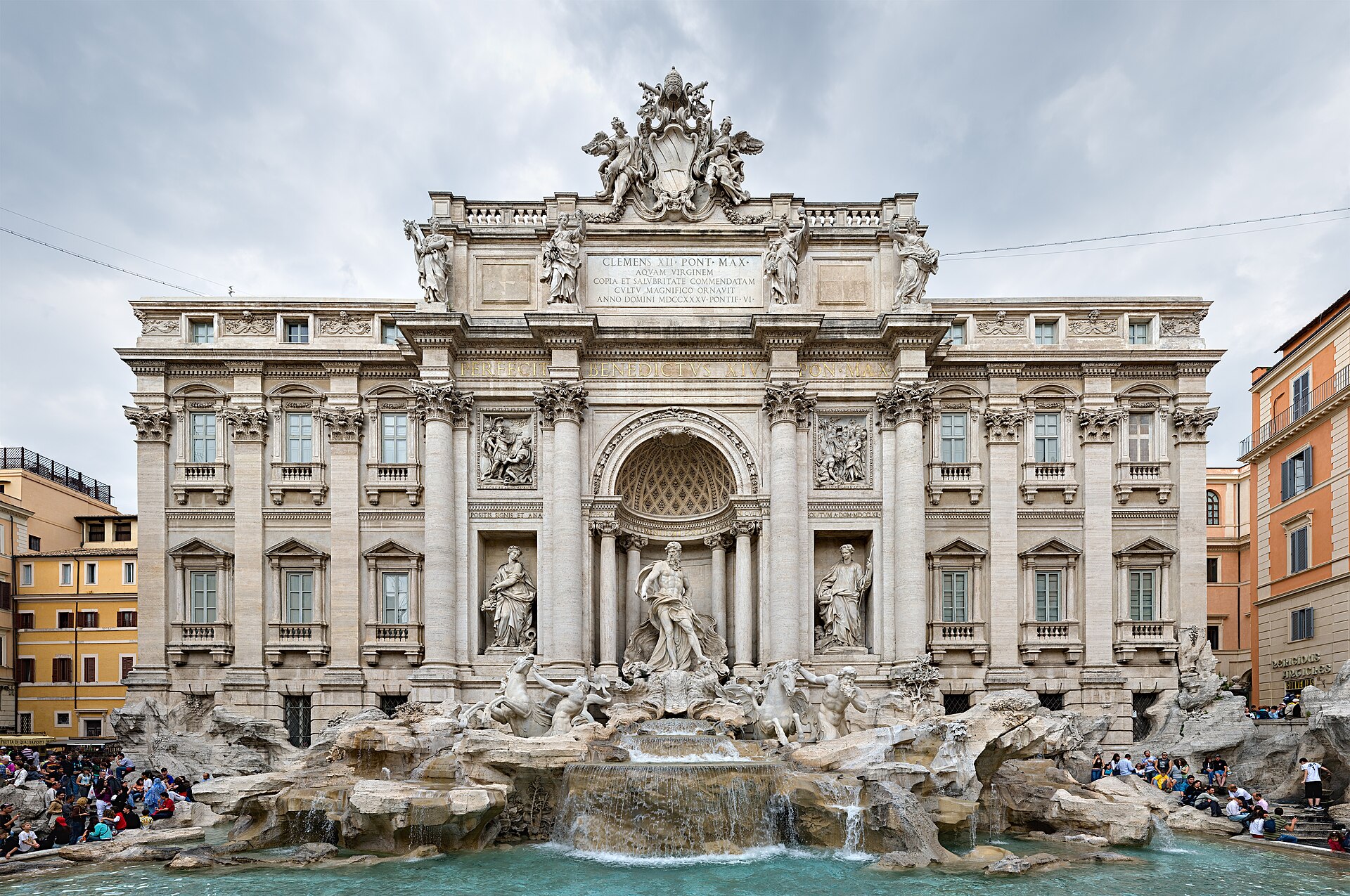Baroque architecture – This subcategory includes artworks that are made by building structures with ornate details, curved shapes, and dramatic effects of light and shadow.
Baroque architecture is a style of building that emerged in Italy in the late 16th century and spread across Europe and Latin America until the 18th century. It is characterized by ornate details, curved shapes, and dramatic effects of light and shadow. These features create a sense of movement, emotion, and theatricality in the structures
Some of the most famous examples of Baroque architecture are the St. Peter’s Basilica and the Piazza Navona in Rome, designed by Gian Lorenzo Bernini; the San Carlo alle Quattro Fontane and the Sant’Ivo alla Sapienza in Rome, designed by Francesco Borromini; and the Palace of Versailles and the Invalides in Paris, designed by Louis Le Vau and Jules Hardouin-Mansart. Baroque architecture also influenced the design of churches, monasteries, palaces, and public buildings in Spain, Portugal, Germany, Austria, Russia, and the Americas.
Baroque architecture was inspired by the Counter-Reformation, when the Catholic Church used art and architecture to attract and impress the faithful. It also reflected the political and cultural ambitions of the absolute monarchs and the rising bourgeoisie. It had different regional variations, such as the Rococo style in France and Germany, which emphasized lightness, elegance, and grace; and the Churrigueresque style in Spain and Latin America, which emphasized elaborate decoration and ornamentation
Baroque architecture is considered one of the most expressive and inventive styles of art and architecture in history. It reflects the artistic and religious passions of the Baroque era.
The Trevi Fountain in Rome: The Trevi Fountain is a Baroque fountain that was built in the early 18th century. The fountain is characterized by its large size, its elaborate sculptures, and its cascading water.

The Karlskirche in Vienna, Austria: The Karlskirche is a Baroque church that was built by Johann Bernhard Fischer von Erlach in the early 18th century. The church is characterized by its two towers, its oval dome, and its ornate façade.





